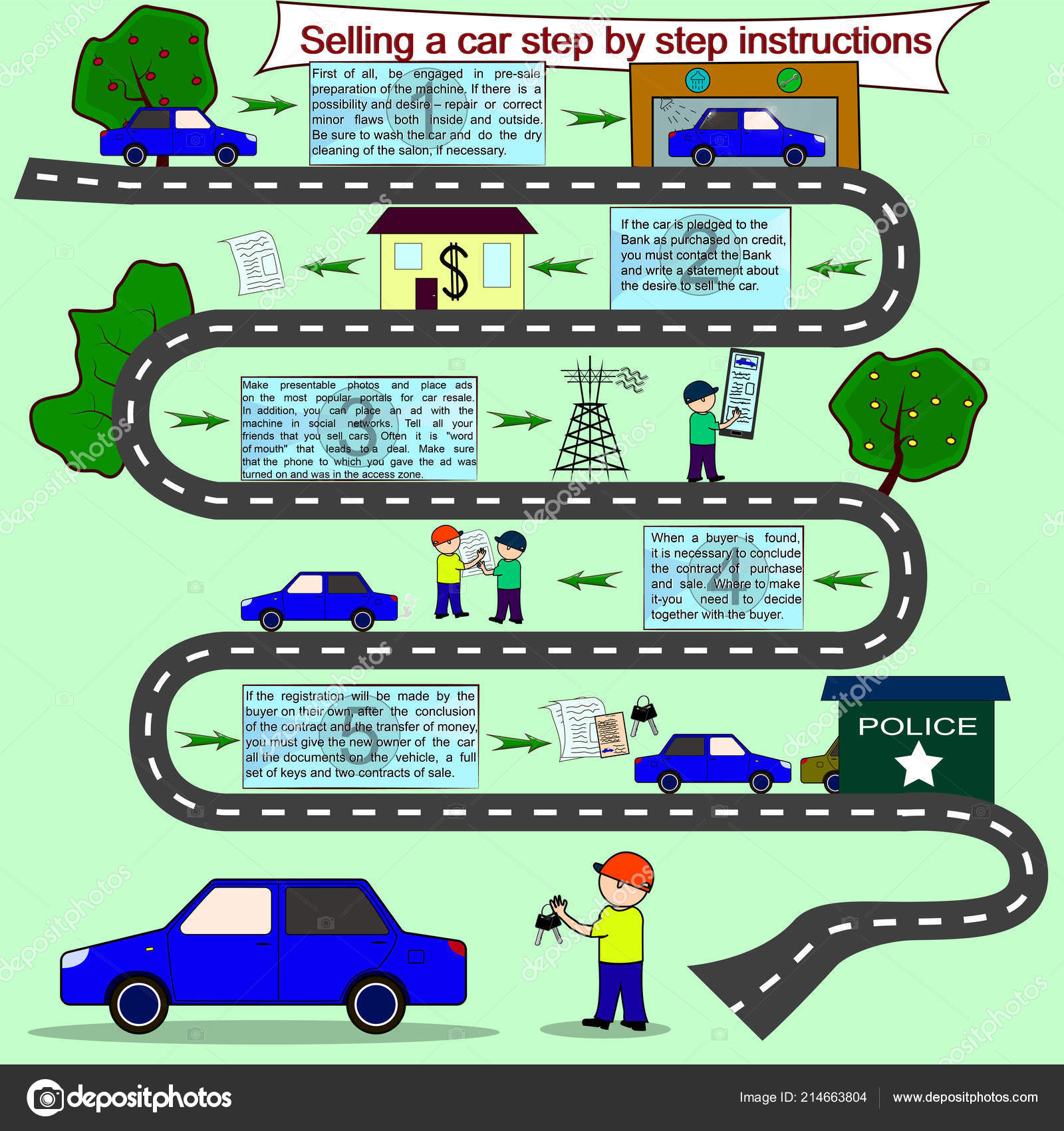Decoding Your Car'S Caution Indicators: What They Really Signify
Decoding Your Car'S Caution Indicators: What They Really Signify
Blog Article
Article Written By-Lauritsen Shepherd
When you lag the wheel, those radiant caution lights on your dashboard can be a little bit perplexing. Do you know what they're trying to inform you about your automobile's health? Understanding the relevance of these lights is essential for your safety and security and the long life of your car. So, the following time among those lights pops up, wouldn't you intend to decipher its message precisely and take the necessary actions to resolve it?
Common Caution Lighting and Interpretations
Determine typical caution lights in your automobile and understand their significances to make sure risk-free driving.
One of the most regular warning lights consist of the check engine light, which signifies problems with the engine or discharges system. If this light comes on, it's crucial to have your vehicle inspected quickly.
The oil pressure alerting light suggests low oil stress, calling for immediate focus to stop engine damage.
engine cleaning near me blinking battery light could suggest a malfunctioning charging system, potentially leaving you stranded otherwise attended to.
The tire pressure monitoring system (TPMS) light alerts you to reduced tire stress, affecting car stability and fuel performance. Ignoring this could cause harmful driving conditions.
The ABS light indicates a trouble with the anti-lock stopping system, endangering your capacity to quit rapidly in emergencies.
Finally, the coolant temperature alerting light warns of engine overheating, which can cause serious damages if not fixed promptly.
Understanding these typical caution lights will certainly assist you deal with concerns without delay and keep safe driving conditions.
Relevance of Prompt Focus
Comprehending the typical caution lights in your auto is just the first step; the relevance of promptly addressing these cautions can't be highlighted sufficient to ensure your safety on the road.
When a warning light brightens on your control panel, it's your vehicle's way of communicating a possible concern that requires attention. Disregarding car seat wash can result in a lot more severe problems in the future, compromising your safety and possibly costing you a lot more out of commission.
Prompt focus to advising lights can protect against malfunctions and accidents. For example, a blinking check engine light might suggest a misfire that, if left ignored, can create damages to the catalytic converter. Resolving this without delay can save you from an expensive repair.
In a similar way, a brake system alerting light might signal low brake liquid or used brake pads, important elements for your security when driving.
Do It Yourself Troubleshooting Tips
If you notice a caution light on your control panel, there are a couple of DIY repairing tips you can try prior to looking for professional help.
The very first step is to consult your car's guidebook to comprehend what the certain warning light indicates. Sometimes the issue can be as simple as a loosened gas cap activating the check engine light. Tightening the gas cap may deal with the issue.
An additional common problem is a low battery, which can trigger numerous cautioning lights. Examining car washes for corrosion and ensuring they're safe might repair the trouble.
If a caution light persists, you can try resetting it by detaching the car's battery for a few mins and after that reconnecting it. In addition, inspecting your car's fluid degrees, such as oil, coolant, and brake liquid, can assist troubleshoot cautioning lights connected to these systems.
Conclusion
To conclude, comprehending your automobile's warning lights is crucial for maintaining your car running efficiently and securely. By quickly dealing with these notifies and understanding what they suggest, you can prevent pricey repairs and potential failures.
Remember to consult your vehicle's guidebook for particular information on each advising light and take action accordingly to make certain a hassle-free driving experience.
Keep notified, stay secure when driving!
